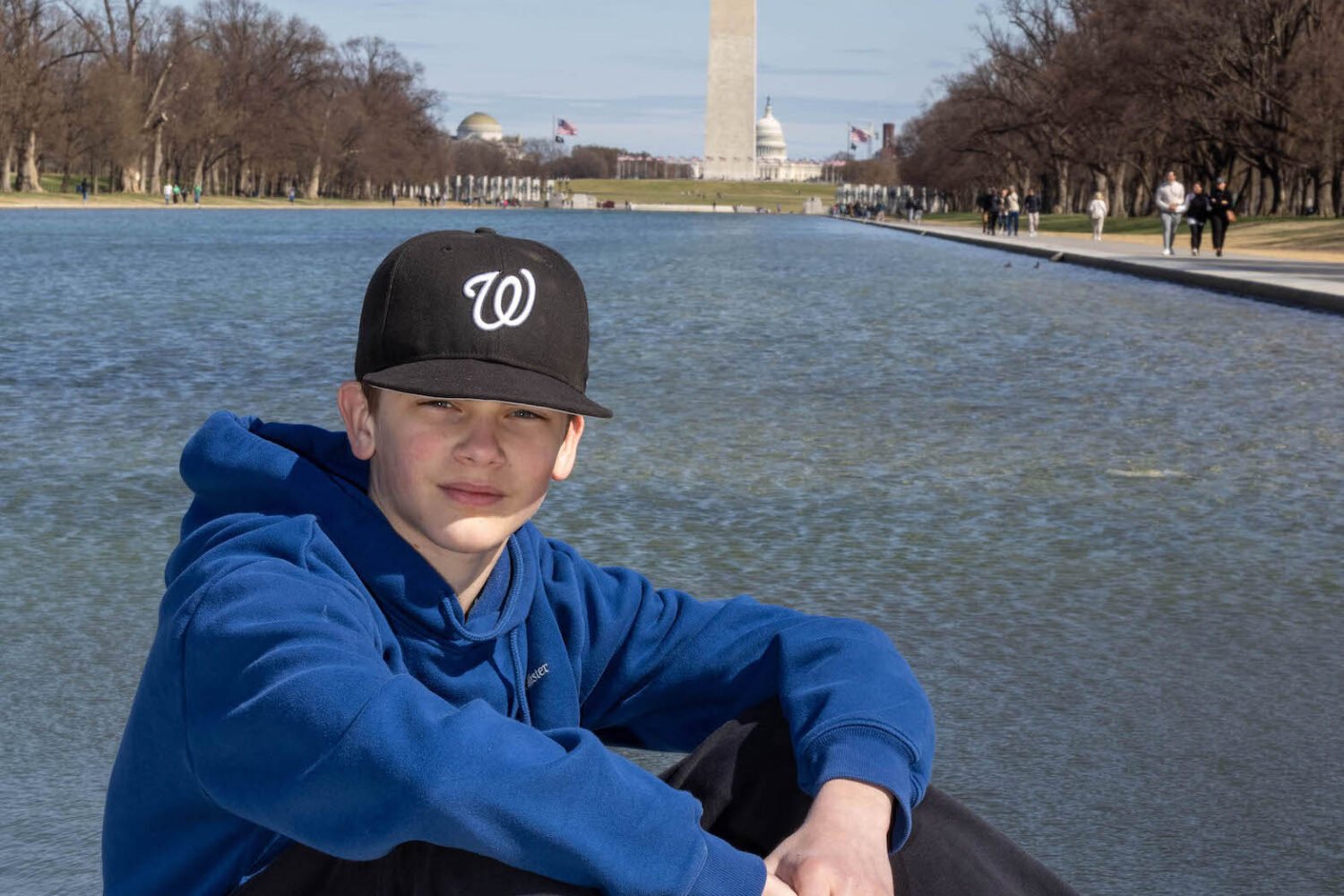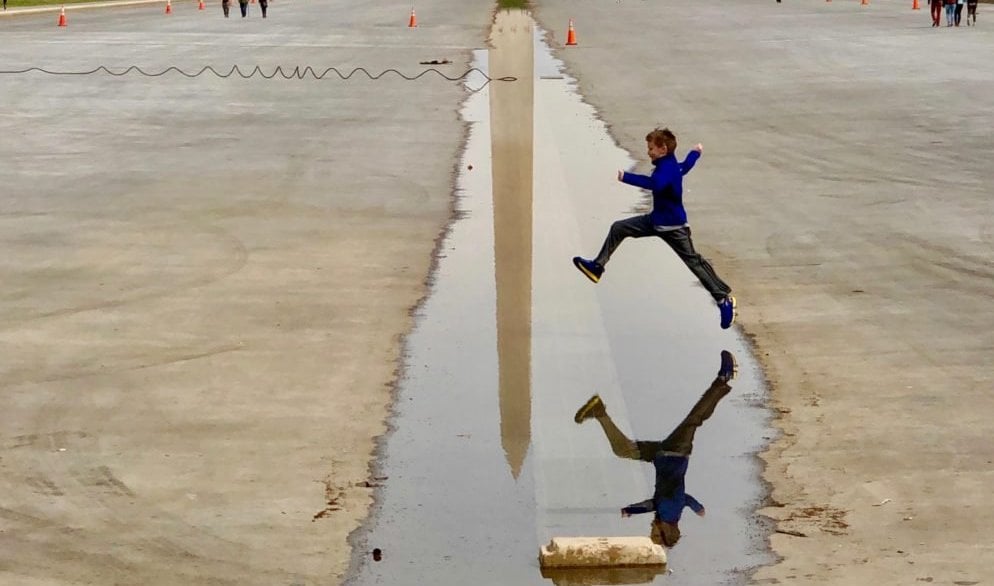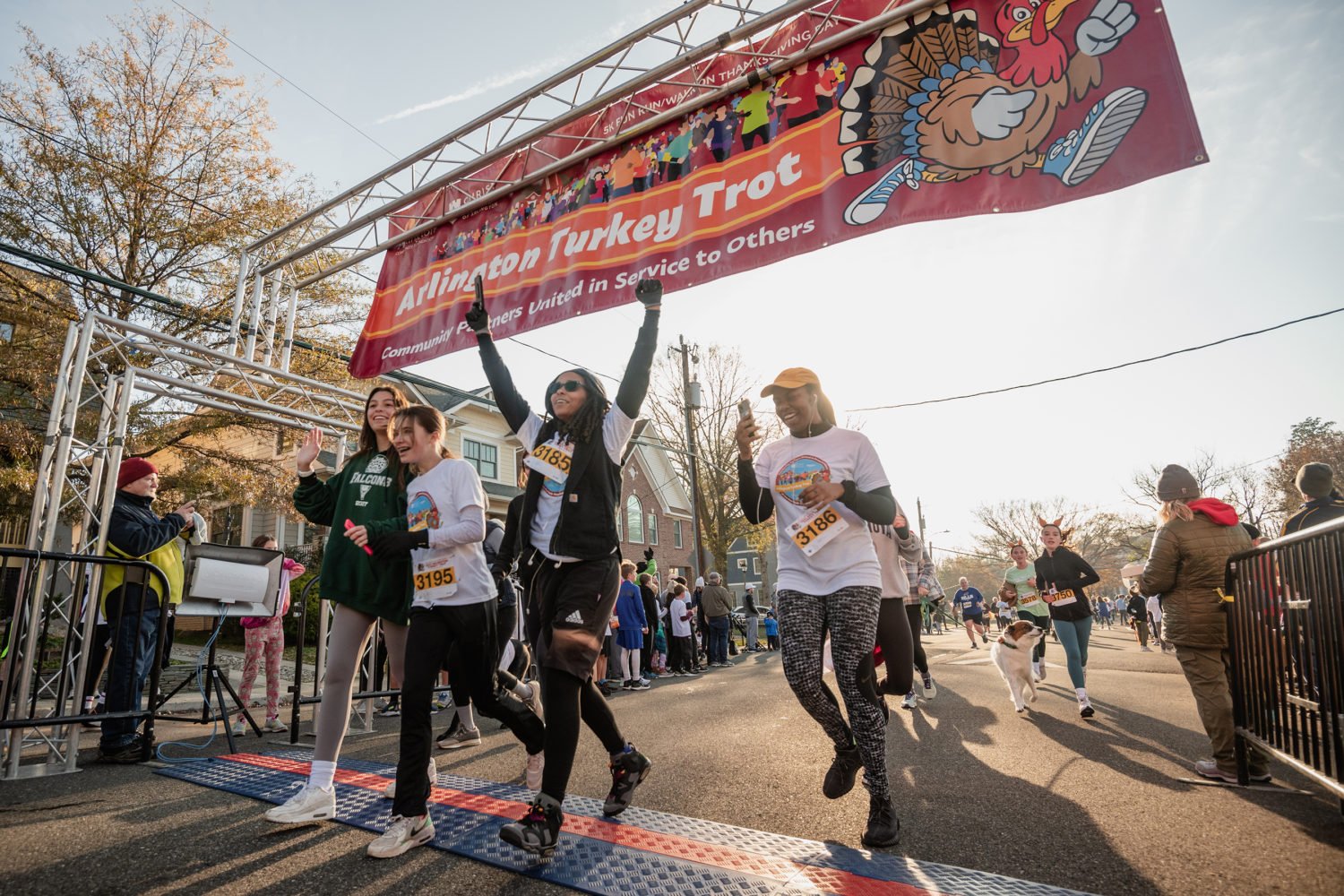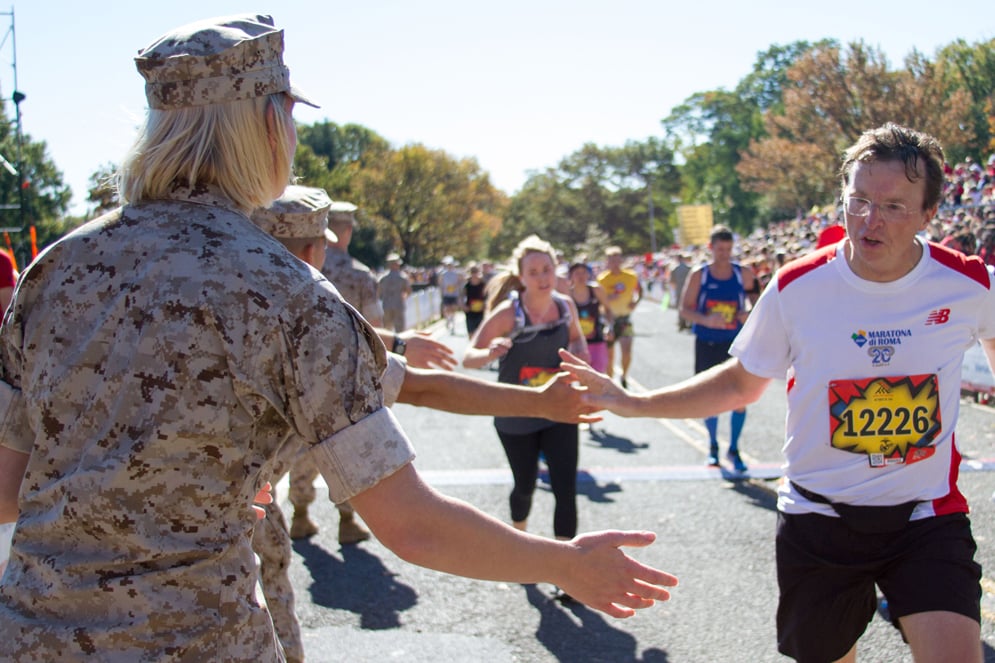About Coronavirus 2020
Washingtonian is keeping you up to date on the coronavirus around DC.
As the economic effects of the Covid-19 pandemic continue, it’s hard to go a day without hearing about another struggling industry. One more to add to the list? The running-race world.
According to the group Running USA, 19 million people completed races in the US last year. That number will almost certainly look different in 2020. In the era of social distancing, it’s pretty much impossible to safely gather a large group to run side by side for an extended period. Therefore, several race organizers have either postponed, canceled, or moved events to a virtual platform with lower entry fees.
And just like any other industry taking in less of a profit, the world of running races is struggling. “It’s been pretty catastrophic, actually,” says Lisa Reeves, race director at Pacers Running. The group, which owns several running stores in the Washington area, hosts its own series of annual races and also does race production for outside organizations.
Since March, the group’s races through July have all been postponed or moved to a virtual platform, not to mention those it was organizing for others. While some already-registered folks opted to run the postponed dates, others have asked for refunds. “It’s impacted our business model, without question,” says Reeves. “Our entire event stream is basically on standby.”
While Reeves doesn’t have a concrete estimate of how hard Pacers has been hit, she can speak to the race industry at large. “Between March and probably mid-April, over 7,600 events have either been canceled or postponed,” she says. “You’re looking at almost 3.5 million athletes impacted by this and, in the entire industry, close to 300 million in registration fees.”
Phil Stewart, director of the Credit Union Cherry Blossom 10-Mile Run, is struggling with similar dilemmas. “Most of your other race cancellations are happening because of weather issues,” says Stewart, pointing out that canceling huge race productions because of a pandemic is somewhat unprecedented. The 10-Miler was held virtually this year in April, and Stewart is already questioning what next year’s event will look like—as well as the industry as a whole.
“If the races aren’t happening, the income isn’t coming in,” says Stewart, adding that the ripples extend beyond just the race organizers—it also hurts the people who sell race bibs, T-shirts, or medals. “It’s no different in this industry than it is in nearly any other industry. If you can’t open your restaurant, then you’re not making any money.”
Obviously, moving a race to a virtual platform isn’t ideal—part of the reason why runners pay a fee for races is the camaraderie and environment, say organizers. But it is a good way to offset some of the losses a group may suffer from canceling an in-person event, says Rick Nealis, director of the Marine Corps Marathon.
Nealis has transitioned several of the group’s smaller races to a virtual format, such as its Access Granted 17.75-K and Historic Half. And while he hopes the group’s largest race, the marathon in October, will be held in person, he’ll also offer a virtual option.
This won’t be just a pandemic thing. Nealis plans to continue investing in virtual options even when things are back to normal. From now on, every in-person event the group hosts will have a virtual component, he says, and it will add a roster of virtual-only events. “Two months ago, [the MCM] was zero-virtual. I didn’t have any desire to do it,” says Nealis. Today, he’s changed his mind. “[Now] I think there’s going to be this virtual niche that’s going to be with us long after today.”
Sure, he may make less per virtual entry than he would charging for an in-person event, but he cuts out all the overhead expenses such as paying for a police presence or shutting down streets. Plus, virtual races allow remote participation by those who previously wouldn’t have traveled to the area to run. “It’s a whole new frontier,” says Nealis. “I think if race directors are not examining the virtual, they’re going to be left behind. It really is the way of the future.”
All of this means that race organizers—like the rest of the world—aren’t entirely sure what the future will look like. Socially distant races would be difficult, say organizers. Staggered start times could work, but the races would take longer, and city governments typically allow organizers to close streets for only a few hours. And if they reduce race density, that means fewer entry fees.
Just like corporate restaurant chains, some race groups may be better positioned to handle this unknown, says Reeves, pointing to enormous events such as the Marine Corps Marathon or the Boston, Chicago, and New York City marathons: “Those are huge races that are definitely taking a hit, but they’re likely not going to go away. You look at your smaller charity organizations and you’ve got maybe 1,000 or 800 people running—it’s going to be hard for them to return.”
That’s assuming people will even feel safe enough to once again run among a mass of sweaty, panting strangers. “We’ve been having conversations about what the future is going to look like and it’s a big question mark,” says Reeves. “We know a lot of people may not feel comfortable coming back to an environment if there isn’t a vaccine.”





















